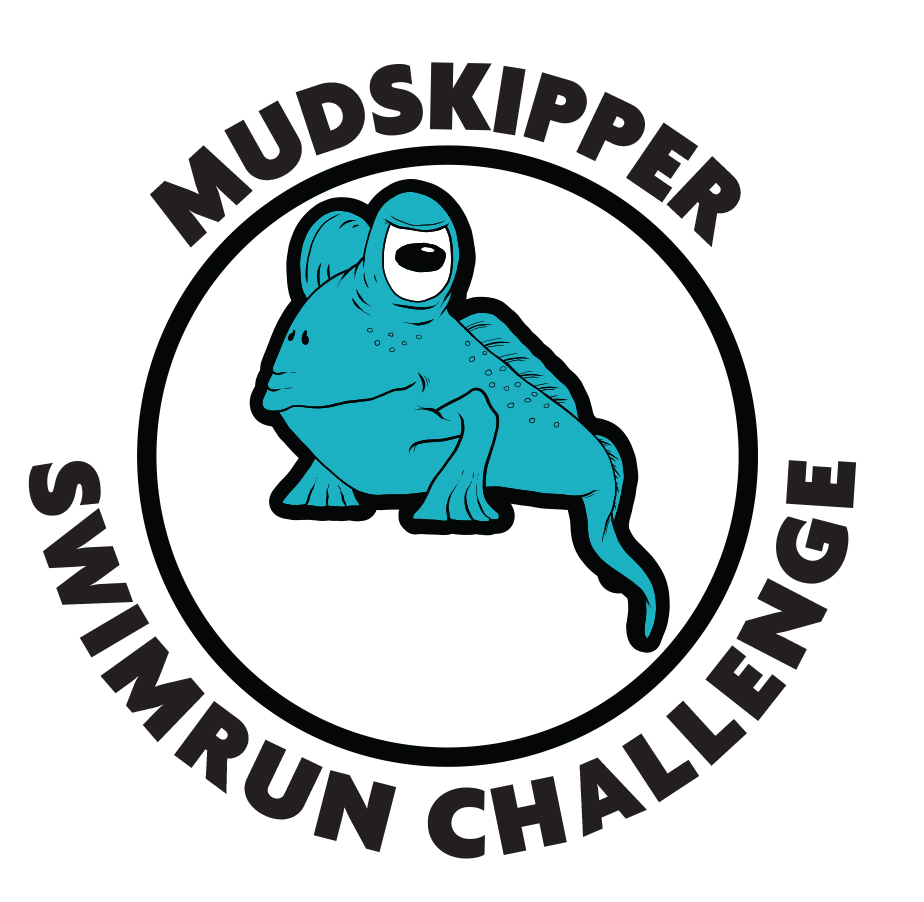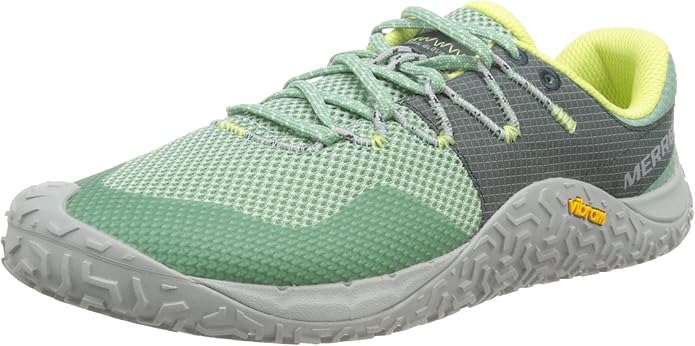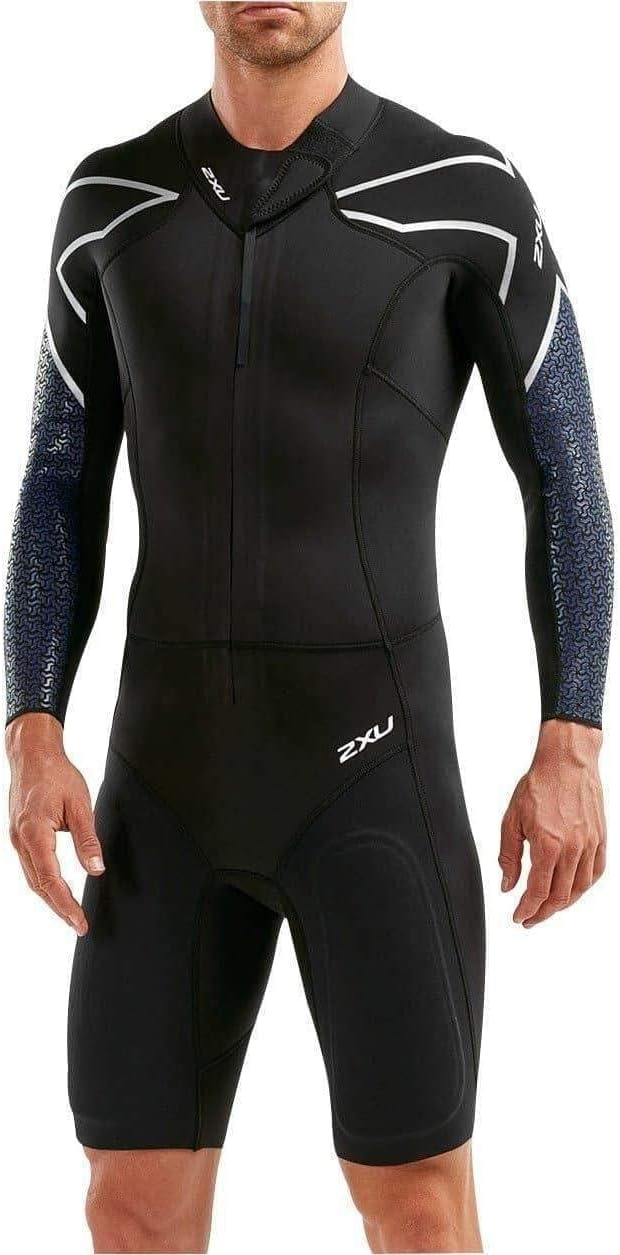Swimrun Technique
Training
By Richard Mitchell and Mogsy Ford
Updated November 2025
If you're new to swimrun, welcome to one of the most exciting and challenging endurance sports, which combines open water swimming with trail running. It's a unique sport where you alternate between swimming and running multiple times without changing gear, often in wild natural settings.
To succeed and enjoy swimrun, optimizing your swimming stroke and running form is essential. This guide breaks down practical, science-backed tips in simple language — perfect for beginners or those wanting to improve their technique.
Swimrun swimming is different from pool swimming because you wear shoes, a wetsuit and use swim paddles and a pull buoy.
Running includes technical trails, so both parts of the sport demand efficient form to conserve energy.
(As Amazon associates, we earn a small commission on any sales.)
Swimrun Technique Training
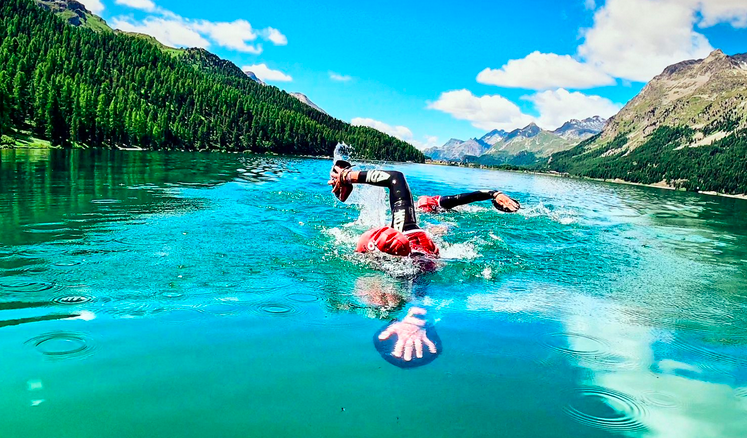 Image courtesy Ötillö
Image courtesy ÖtillöOptimizing Your Swim Stroke for Swimrun
The swim stroke most swimrunners use is front crawl because it is the fastest and most energy-efficient. Here are key tips to swim smarter, not harder:
Keep your head low and breathe to the side rather than lifting your head forward, except for sighting. This aligns the body and reduces drag. Turns of the head should rotate with your body roll, not by lifting your head up (Wood, 2022).
Your hand should enter the water fingertips first, with an almost-straight arm, slightly wider than your shoulder. This minimises resistance to your forward motion at the start of your stroke and reduces bubble formation around your hands.
If you are using a pull buoy (a float between your thighs), kicking is minimal, and from the knees, if at all.
Keep your arm strokes continuous with no stops or pauses in arm movement, to maintain momentum and keep your body higher in the water. The second half of the stroke - from the point where your hand is directly below you to the point where your hand comes out of the water - is the most important.
At the beginning of the second half of your stroke your arm should be bent at the elbow, not straight. Then your arm gradually straightens as you push your hand back past your hip. Your arm should be almost completely straight as your hand comes out of the water.
Study the video below carefully to see how your arm stroke should look. It's a video of Australian Olympic swimmer Mack Horton.
Practice bilateral breathing (breathing to both sides, alternately) to improve your balance.
Use swim paddles designed specifically for swimrun — smaller than 350 cm2, curved about 20 degrees, and with holes — as research shows they improve swim speed and minimise metabolic cost of transport (swimrun-advice.com, 2025).
Swimming in swimrun also means managing the transitions between water and land. Practice entering and exiting water smoothly with your shoes on to minimise wasted time.
Swimrun Technique Training
Optimizing Running Form for Swimrun
Running in swimrun is usually on trails or mixed terrain wearing shoes and a wetsuit, which affects your movement. Here’s how to run better and stay injury-free:
- Maintain an upright but slightly forward-leaning posture to keep your center of gravity balanced and reduce fatigue.
- Focus on midfoot or forefoot strikes instead of heavy heel striking to absorb shock better and maintain better control on uneven surfaces.
- Keep your stride short and quick rather than long and slow. This reduces the impact on joints and helps quicker adjustments on technical terrain.
- Engage your core muscles to stabilize your body through each step. Core strength supports better posture and efficient running form.
- During swimrun, avoid overstriding, as it wastes energy and increases injury risk.
- As you run with a wetsuit, be flexible and relaxed in your movements to prevent stiffness, especially in the shoulders and hips.
Scientific studies in trail and endurance running emphasize that efficient running form improves endurance and reduces injury, both critical for swimrun success (Holmberg et al., 2019).
 Image courtesy Ötillö
Image courtesy ÖtillöSwimrun Technique Training
Integrated Training and Transition Practice
Because swimrun alternates swimming and running, practice session combinations are vital. Simulate race situations by doing multiple swim-run repeats to condition your muscles and practice quick transitions. This trains your body to adapt to changing environments and effort types.
Mental preparation and pacing during technique work are crucial too. Don’t swim or run too hard in training; focus on smooth, controlled movements to build endurance over time.
Which swimrun drills to include for open water to trail transition:
For swimrun drills that effectively prepare you for the open water to trail running transition, it’s essential to practice specific skills that mimic race conditions and improve your ability to switch between swimming and running efficiently.
Key swimrun drills include:
Swim-Run Brick Training: Practice alternating swimming and running multiple times in one workout. For example, swim 200-300 meters wearing your shoes and paddles, then immediately run 1-2 kilometers on trail or mixed terrain. Repeat this 3-5 times to simulate race conditions and build muscle memory for transitions.
Swimrun Technique Training
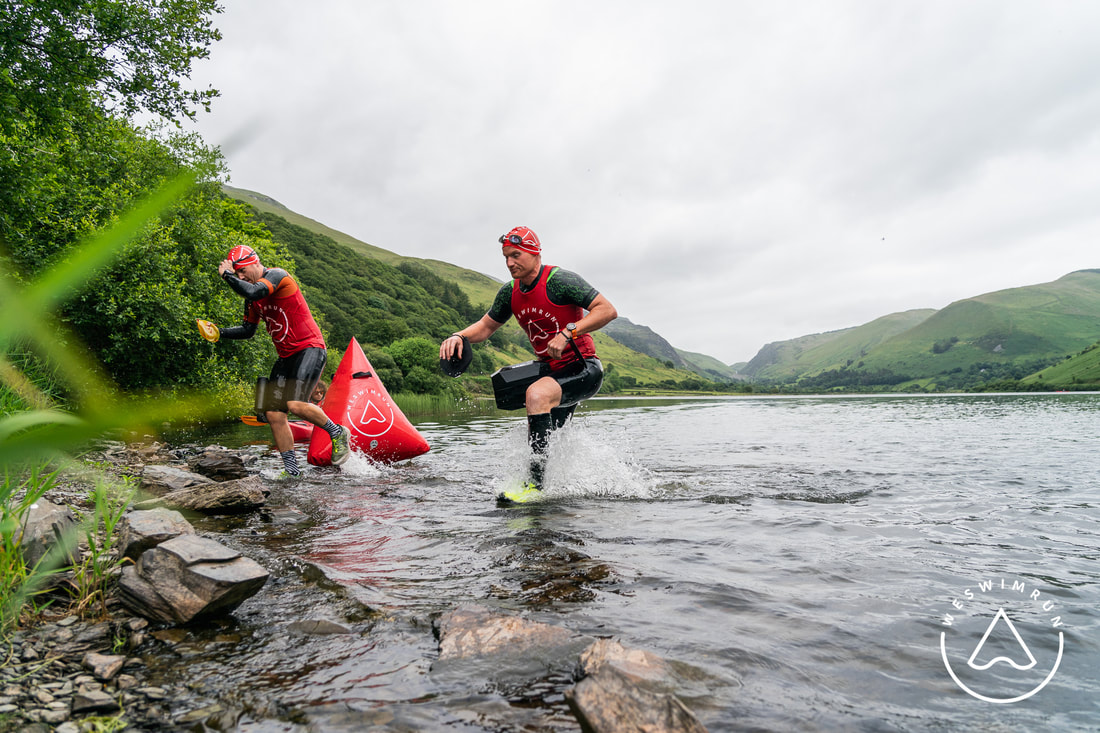 Image courtesy weswimrun.com
Image courtesy weswimrun.comOpen Water Entrances and Exits:
Practice entering and exiting the water from different terrains you might encounter in races (rocky shores, sandy beaches, docks). Work on smooth, fast transitions including water exits onto slippery or uneven ground, then shifting quickly into running form.
Swimming with Gear:
Always practice swimming with your full race-day gear on: shoes, wetsuit, paddles, and pull buoy. This changes your posture and resistance in water, so practicing in full kit improves comfort and efficiency in the swim sections of the race.
Trail Running in Wet Gear:
Practice trail running wearing wet shoes and a wet wetsuit to get used to the heavier and less flexible feeling. Focus on short strides, balance, and adjusting your foot strike to variable terrain. This drill helps avoid injuries and improves running efficiency in race conditions.
Body Alignment and Sculling Drills:
Improve body awareness in open water with sculling drills that strengthen your feel for water and help keep your balance when waves or currents push you. These drills improve swimming efficiency, which is critical before shifting to running.
Transition Practice:
Set up a mini transition area where you simulate exiting the water, removing or adjusting gear quickly, and starting your run. Practice this repeatedly to minimize transition time and stress.
By incorporating these drills regularly in training, you can improve your ability to switch smoothly and efficiently between swimming and running, which is vital for a successful swimrun race.
Summary
If you want to improve your swimrun performance, focus primarily on smooth, efficient swim stroke mechanics adjusted for open water with paddles, pull buoy and shoes, and on running form adapted for trail running in wetsuits and shoes. Practice transitions repeatedly so your body learns to switch smoothly between swim and run modes.
With regular technique training, you’ll feel faster, stronger, and more confident on race day.
Swimrun Technique Training FAQ
Top 10 Most Frequently Asked Questions on Swimrun Technique and Form:
Q: What is the best swim stroke for swimrun?
A: Front crawl is best for speed and efficiency. Focus on technique and efficiency, not just speed.
Q: How do I breathe in swimrun swimming?
A: Use side breathing with your head low, turning to each side alternately for balance.
Q: Should I use swim paddles?
A: Yes, correctly designed swimrun paddles improve swim speed. Choose paddles with a surface area less than 350 cm2, with a 20 degree curve (not flat) and with a curved outline.
Q: How do I run in a wetsuit?
A: Keep your running form flexible, upright, with short, quick strides and midfoot strikes. You can unzip your suit top for running to allow for easier breathing.
Q: What kind of shoes are best for swimrun running?
A: Light trail running shoes with good grip that drain water quickly.
Q: How important is transition practice?
A: Very important; smooth transitions save time and energy during races.
Q: Can swimrun technique improve endurance?
A: Yes, efficient technique reduces energy waste, helping you last longer.
Q: How can I avoid swimrun injuries?
A: Strengthen core, maintain good form, and avoid overstriding or stiff movements. Be aware of potential sources of injuries.
Q: What is bilateral breathing?
A: Breathing alternately on both sides to improve balance and maintain your swimming form.
Q: How often should I train swimrun technique?
A: Regularly, including combined swim-run sessions, to build race-specific skills gradually.
References:
Wood, J. (2022). "18 Triathlon Swimming Tips for Beginners." 220triathlon.com.
Holmberg, H.C., et al. (2019). "Optimizing Running Mechanics to Reduce Injury Risk." Journal of Sports Sciences.
Swimrun-advice.com. (2025). "Swimrun Paddle Review."
Monitor your activity and performance while you are swimming with the
CLICK HERE for further details and the BEST PRICE at Amazon!
www.swimrun-advice.com works with the following Swimrun companies:






